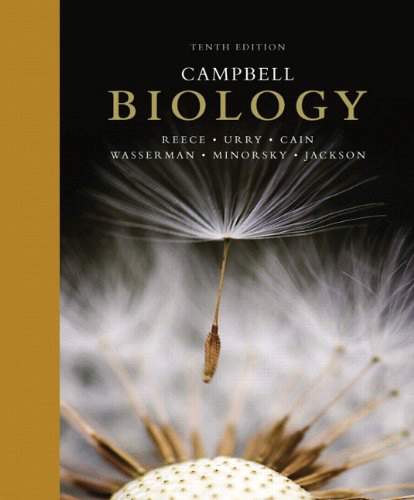Starting up...

This is a quick preview of the lesson. For full access, please Log In or Sign up.
For more information, please see full course syllabus of Biology
For more information, please see full course syllabus of Biology
Biology Animal Behavior
Lecture Description
In this lesson, our instructor Bryan Cardella gives an introduction on animal behavior. He gives an overview on behavior, and then continues to discuss innate behaviors, learned behavior, imprinting, cognitive behaviors, competitive behaviors, types of behavior, communication behaviors, courting and nurturing behaviors, and cooperative behaviors.
Bookmark & Share
Embed
Share this knowledge with your friends!
Copy & Paste this embed code into your website’s HTML
Please ensure that your website editor is in text mode when you paste the code.(In Wordpress, the mode button is on the top right corner.)
×
- - Allow users to view the embedded video in full-size.










































 Answer Engine
Answer Engine


Start Learning Now
Our free lessons will get you started (Adobe Flash® required).
Sign up for Educator.comGet immediate access to our entire library.
Membership Overview